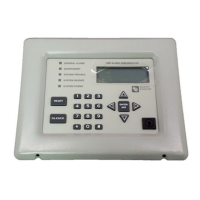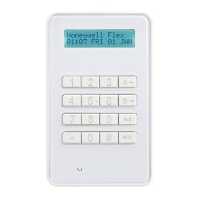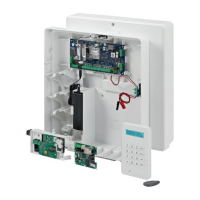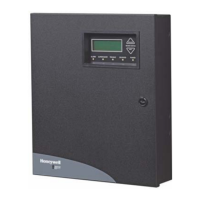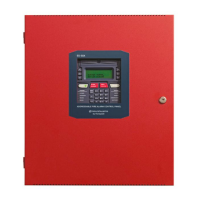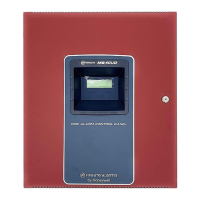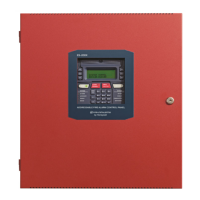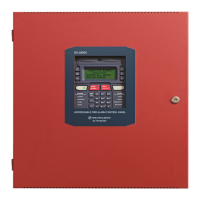108 IFP-300 Series Manual — P/N LS10145-001SK-E:C 4/6/2022
Programming Point
8.5.3 Point Programming For Internal or External Power Module (RPS-1000)
To program for an internal or external power module points:
1. Login to the panel. The panel will automatically access the Main Menu.
2. Select 7 for Panel Programming.
3. Press 4 to enter Point Menu.
4. Press the up or down arrow key to select the desired module. Refer to Section 7.5 for available choices, then press ENTER.
5. Enter the number of the circuit or the point you want to edit, then press ENTER.
6. Select the type by pressing the up or down arrow key, then press ENTER.
7. Select the function by pressing the up or down arrow key, then press ENTER.
8. If the point supports latching, press the up or down arrow key to select latching or non-latching, then press ENTER.
9. Select the zone or group by pressing the up or down arrow key, then press ENTER.
10. If the point supports not
supervised, press the up or down arrow key to select supervised or non-supervised, then press ENTER.
11. Press ENTER to edit the Point Name. See Appendix A for help with editing text. Or, Press the right arrow key to skip the Point Name
edit.
12. Repeat Steps 1 through 11 for all circuits.
SWITCH
(cont.)
ECS INPUT Latching User also has ECS Event Number 1-8 option for ECS INPUT.
Only available when an ECS-VCM or ECS-NVCM is installed in the system.
Non Latching
ECS TAMPER Latching
Non Latching
ECS SUPER-
VISORY
Latching
Non Latching
CO DETECT
SWITCH
CO Detector Switch
CO
SUPERVISORY
DETECT SWITCH
Latching CO Supervisory Detector Switch
Non Latching
TROUBLE_MON Use this switch type to monitor trouble from external devices. Trouble monitors are used in
HVAC operations.
NOTIF OUTPUT PT Select Group Output point, a general use notification type. Use for driving standard notification
appliances.
AUX CONST Use constant power for applications that require a constant auxiliary power source. Power
is always present at constant circuits.
AUX RESET Use for auxiliary power, resettable applications. See Section 4.17.2 for a description of how
this option operates.
AUX DOOR Use for auxiliary power, door holder applications. For example, if you were using an
auxiliary power supply for door holders, you would use this option. See Section “Door
Holder Power” on page 55 for a description of how this option operates.
RELAY OUTPUT PT Select Group Output point, a general use relay type. Use for applications requiring a relay, such as fan
shutdown, elevator recall, and so on.
AUX RESET Use for auxiliary power, resettable applications. See Section “Resettable Power” on
page 55 for a description of how this option operates.
AUX DOOR Use for auxiliary power, door holder applications. For example, if you were using an
auxiliary power supply for door holders, you would use this option. See Section “Door
Holder Power” on page 55 for a description of how this option operates.
Detector 2-Wire Smoke
W-Gateway Wireless Gateway
W-SWITCH Same as SWITCH
W-Relay Same as Relay When a wireless relay is in use, module device count must be limited to 109 modules per
loop. This includes wired and wireless modules that are on the same loop. The module
address must be within 1-109.
Type
Selection
Function Latching Option Comments
Table 8.7 Programming Options for 6815 Modules (Continued)
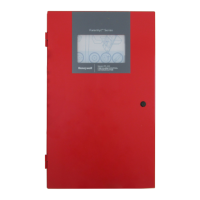
